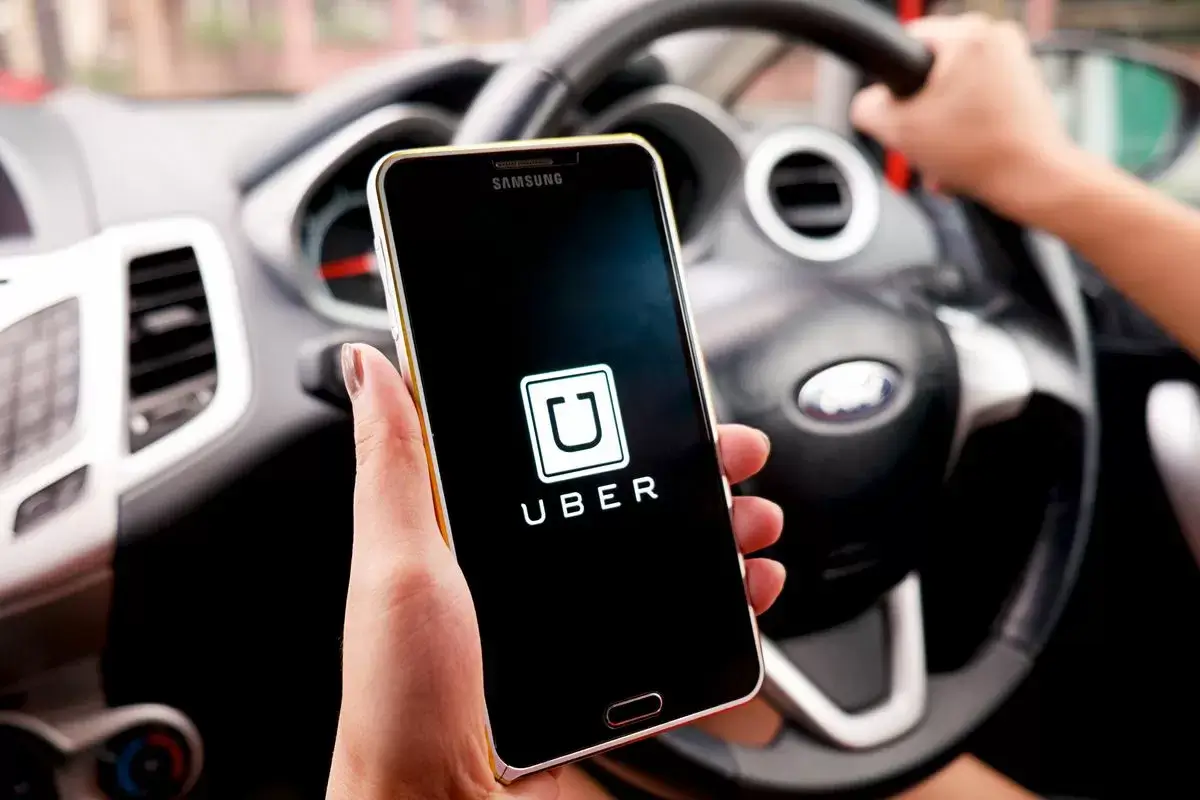The UK's path to autonomous vehicles has seen a slight detour, with the government now targeting the second half of 2027 for the rollout of fully driverless cars. This is a shift from the previous administration's ambition of 2026. Despite the adjusted timeline, ride-hailing giant Uber has expressed its eagerness to launch its "robotaxis" in the UK as soon as the regulatory environment allows.
The delay stems from a commitment to a "safety-led" approach, with authorities carefully evaluating the technology and establishing a robust legal framework. Recent incidents involving robotaxis in other countries have heightened caution, emphasizing the need to avoid similar issues in the UK. The Automated Vehicles (AV) Act, which became law in May 2024, laid the foundation for autonomous vehicle operation, stipulating that manufacturers, not human occupants, are liable when a vehicle is in self-driving mode. However, secondary legislation is still required to fully enable driverless cars.
Uber isn't alone in its anticipation. Numerous companies are currently trialing advanced self-driving technology on UK roads. Andrew Macdonald, Uber's senior vice president of mobility, has stated the company is ready to deploy robotaxis in the UK as soon as regulations permit. He noted that in the US, robotaxis operate extensively, up to 20 hours a day, seven days a week. Uber is collaborating with approximately 18 automated car tech companies, including Wayve, a UK-based AI firm.
While the UK may not be the frontrunner in autonomous vehicle deployment, with robotaxis already operating in the US, China, the UAE, and Singapore, Macdonald argues that the UK is not necessarily lagging behind. He points out that the US and China have an advantage due to being the primary locations where the core technology was developed.
The UK government believes that self-driving vehicles have the potential to generate a £42 billion industry and create 38,000 jobs by 2035. The Department for Transport (DfT) is actively exploring options for short-term trials and pilot programs to foster a thriving self-driving sector. A key objective is to ensure that self-driving systems meet or exceed the safety performance of competent human drivers, addressing the fact that human error currently contributes to 88% of road incidents.
Despite the potential benefits, public acceptance remains a concern. A 2024 survey indicated that 37% of Britons would feel "very unsafe" in a driverless car. However, Uber is confident that initial apprehension will dissipate as the technology becomes more commonplace. Experts also suggest that deployment should initially be restricted to low-speed and high-security areas.
As the UK gears up for the arrival of driverless cars, companies are also focusing on enhancing the in-cabin experience. Asahi Kasei Microdevices (AKM) and Dirac, a Swedish audio software firm, have partnered to integrate smart acoustics into automotive audio systems, anticipating a shift in focus from driving to passenger experience in autonomous vehicles.
The journey toward driverless cars in the UK involves navigating regulatory complexities, ensuring public safety, and fostering consumer confidence. While the 2027 target represents a revised timeline, the commitment to realizing the potential of autonomous vehicles remains strong, promising a future of safer and more efficient transportation.

















